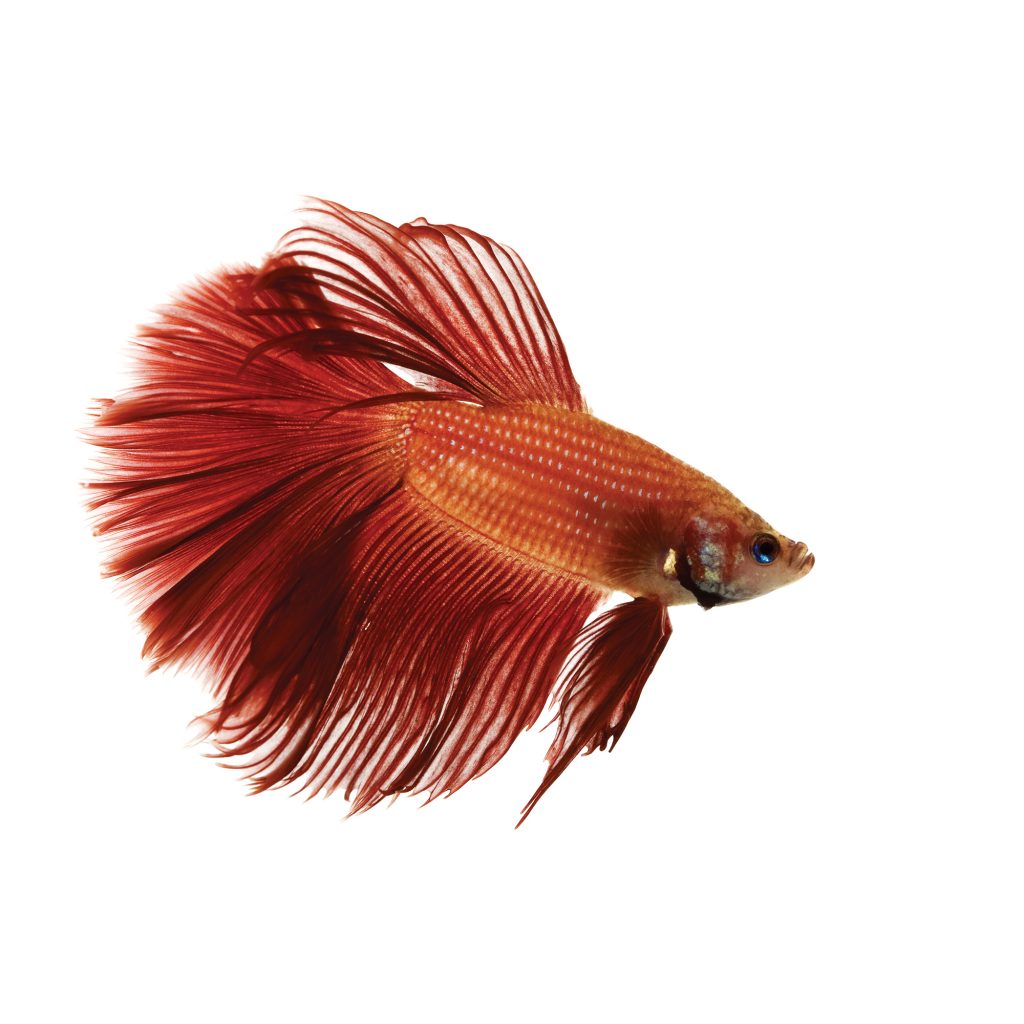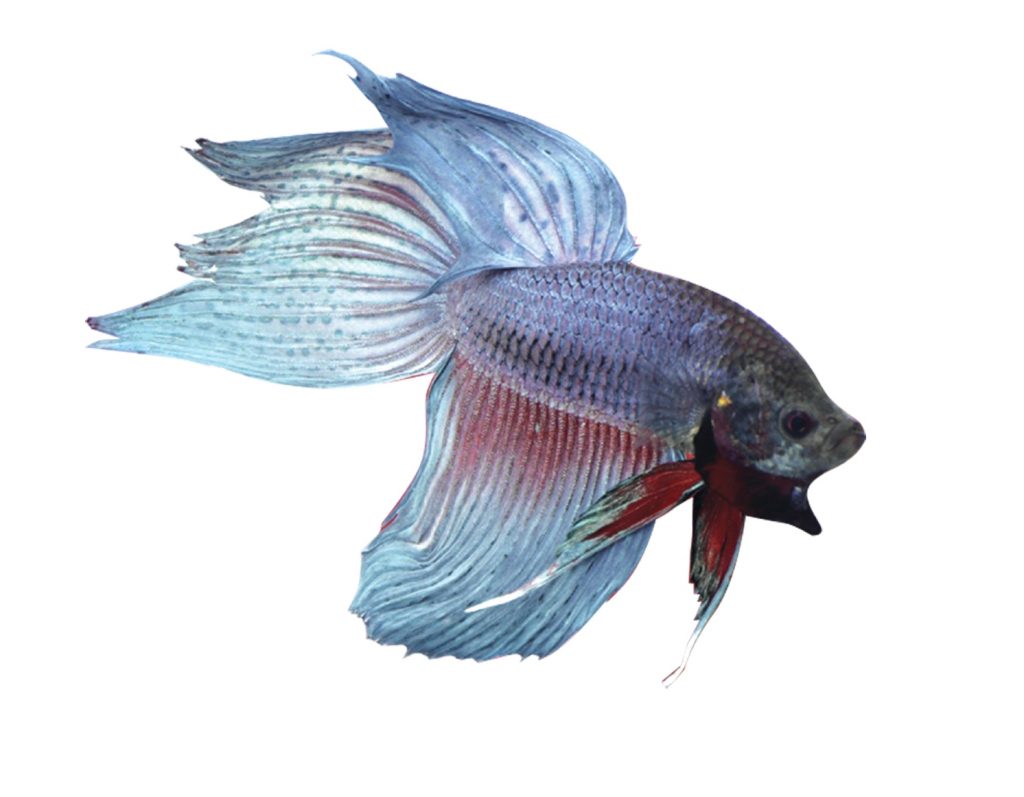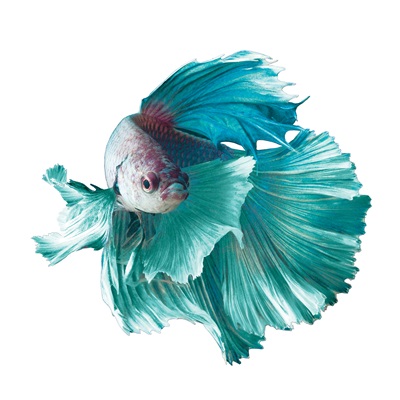Betta fish are among the most popular and beautiful pet fish in the world, but that wasn’t always so. The genus Betta contains more than 73 recognized species, but the fish most people are familiar with is Betta splendens, or Siamese Fighting Fish. Wild betta fish are a dull greyish-green with short fins; nothing like the spectacularly colored, long-finned beauties of today! Through selective breeding, a wide range of colors and fin types have been developed, including: veil, delta, halfmoon, crowntail, double tail and many more.
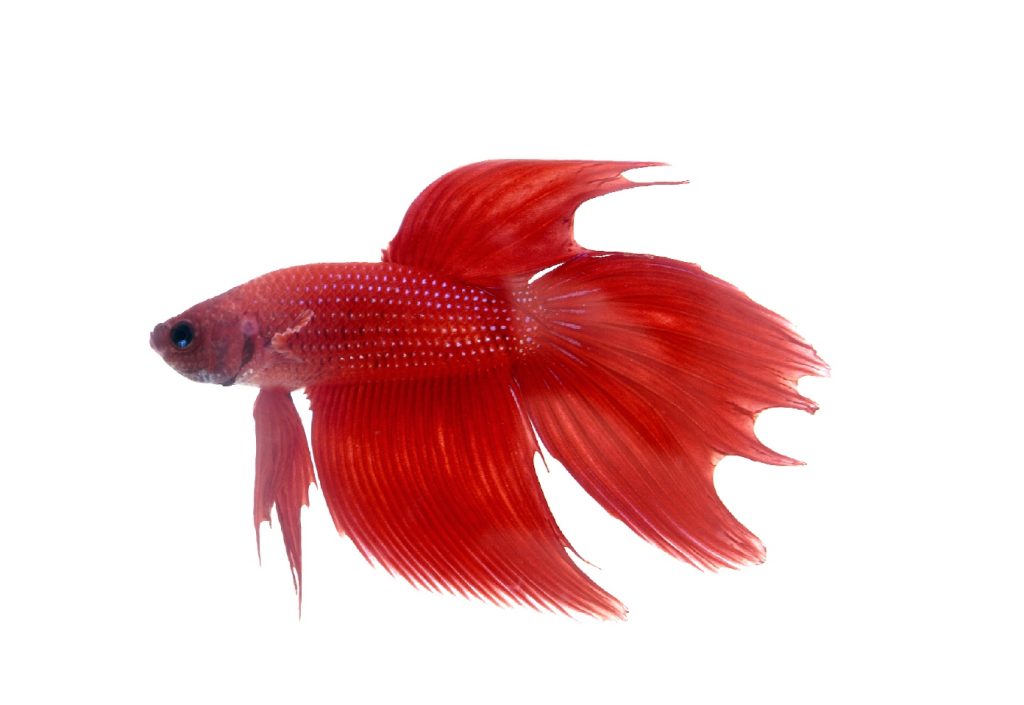
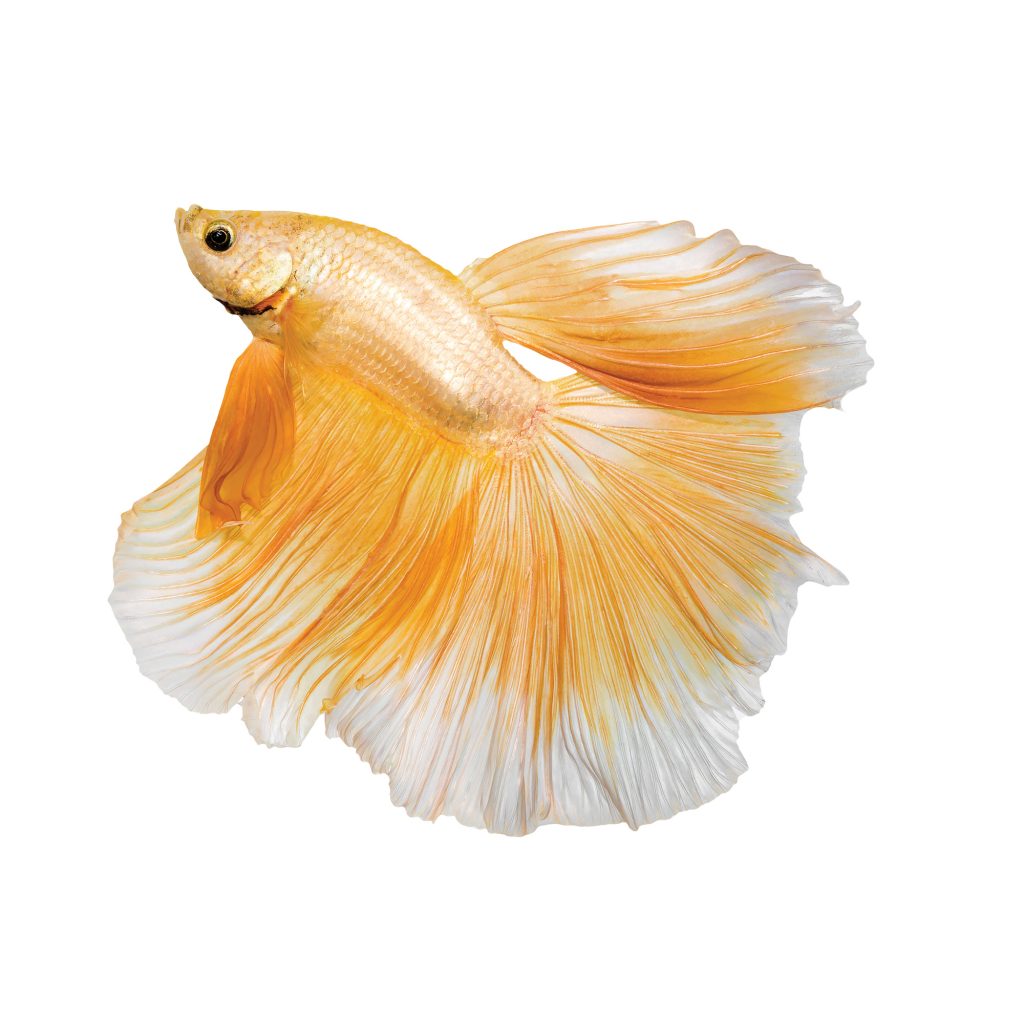
The History of Siamese Fighting Fish
Betta keeping began in Thailand (formerly Siam) over 150 years ago. Children collected these territorial fish in rice paddies and would place them together to watch them spar, hence the name Siamese Fighting Fish. Soon, betting on these contests became commonplace. The King of Siam recognized their popularity and decided to regulate and tax them. In 1840, the King gave some fish to a man who, in turn, gave them to Danish physician, Dr. Theodore Cantor. The doctor bred and studied them, later writing a scientific paper that identified them as Macropodus pugnax. When it was discovered that there already was a fish by that name, Charles Tate Regan renamed them Betta splendens, meaning “beautiful warrior”, a name that stands to this day. Bettas were first imported into France and Germany in the 1890s, and Mr. Frank Locke of San Francisco, CA, brought the first bettas into the United States in 1910.
Americans sometimes mis-pronounce the name as “bay-tuh” after the second letter in the Greek alphabet, however, it is believed that these fish were actually named after the ancient Asian Bettah warrior tribe – pronounced “bet-tah”. (Think “My fish is bettah than yours”!) In Thailand, they are called “plakat”, which means “biting fish”.
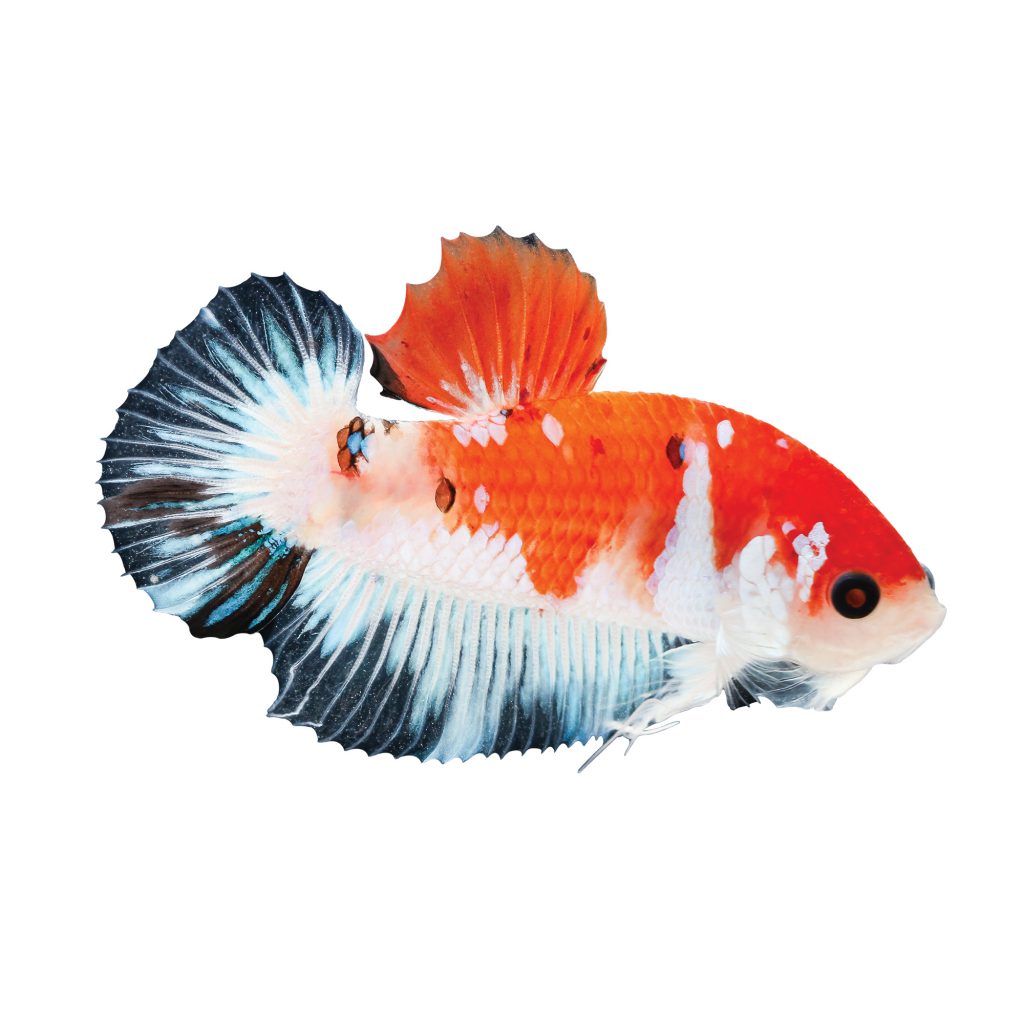
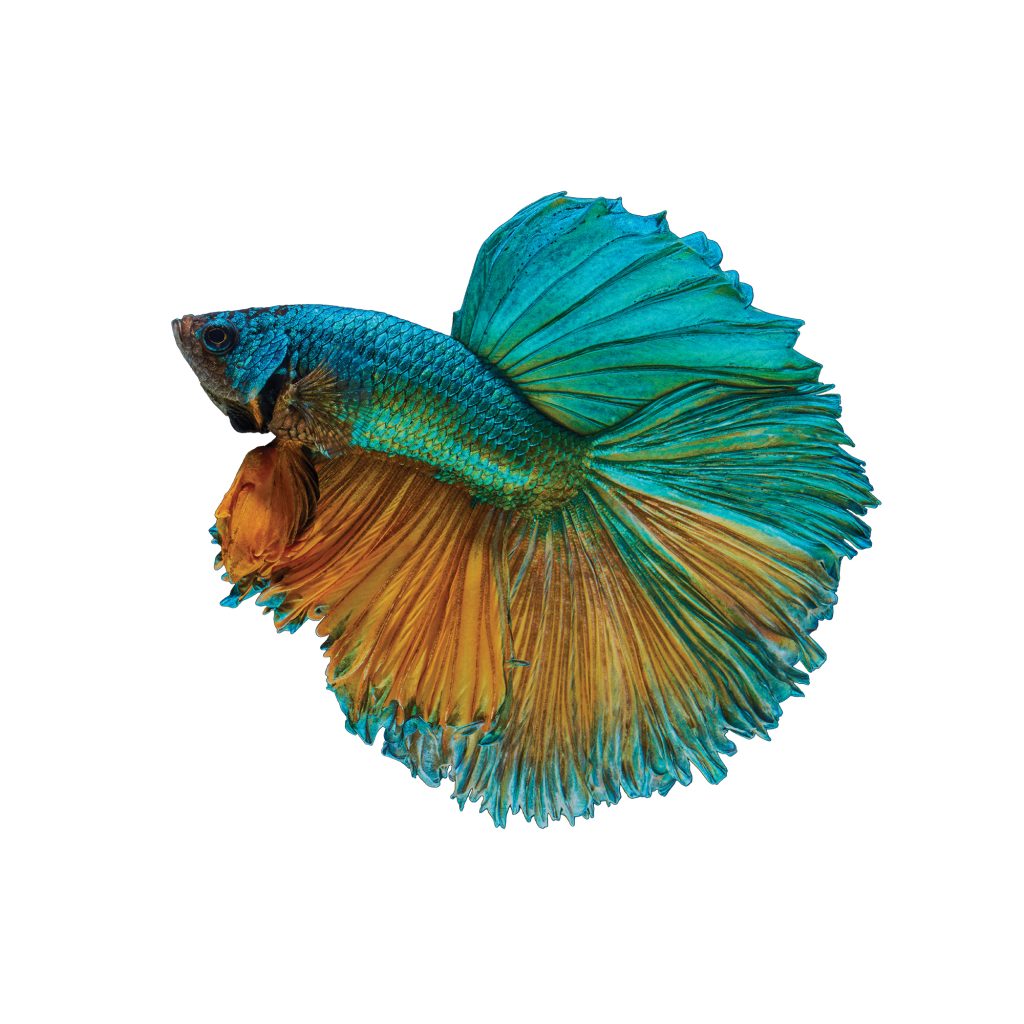
Betta Fish Care Tips
Betta splendens are native to Thailand, Cambodia, Laos and Vietnam, where they live in ditches, rice paddies, shallow pools and slow moving streams. To survive in these warm, oxygen-poor habitats, they use a special labyrinth organ which allows them to breathe air above the water surface, although they also have gills like other fish. Because of this ability, some people believe bettas can be kept in small bowls or flower vases. As pets, bettas should be kept in a filtered, heated aquarium with ample room for decorations and for the betta to swim around in, and at a temperature between 76° and 84° F. At lower temperatures, they become sluggish and susceptible to disease. Plants and other decorations to provide cover and a secure lid is also required, especially in small containers, to prevent your betta from jumping out of its fish tank in search of a cleaner, or larger body of water. Bettas are carnivores, feeding primarily on insects and insect larvae in the wild. They thrive on protein-based frozen, pellet and flake foods in aquariums.
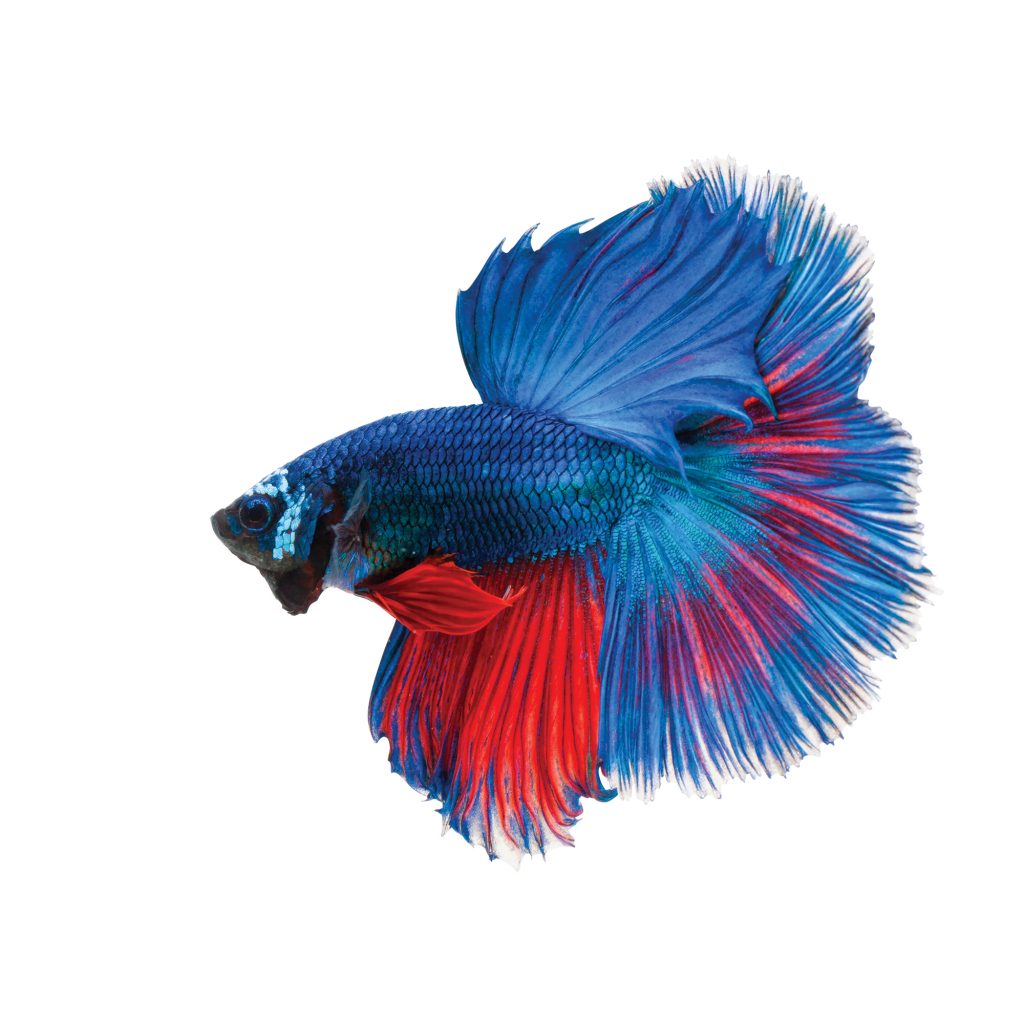

Betta Fish Life Span and Betta Fish Facts
Bettas are known to recognize their human companions, will follow your finger around the aquarium, and can even be trained to perform tricks! On average, the betta fish life span is 3 to 5 years, but in rare cases, they can reach up to 8 or 9 years of age in captivity.
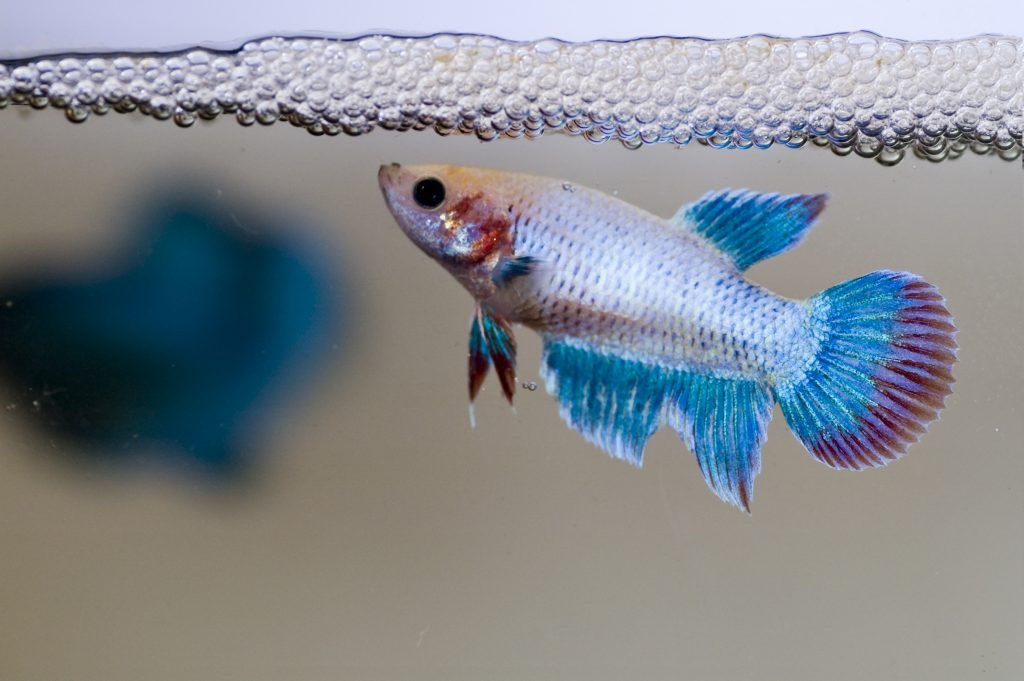
During times of betta fish breeding, male bettas build a bubble nest at the surface and attract a female to it. Once a pair is formed, they engage in an elaborate courtship/mating ritual. When the female begins to lay eggs, the male retrieves them and deposits them in the nest. He then chases the female away and guards the nest until the eggs hatch out.
Whether you are just getting started with fish care, or you’re an enthusiastic hobbyist, betta fish make engaging pets for people of all ages!
